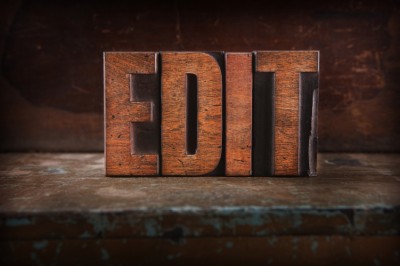I have recently been commissioned to edit a book and sought some guidance from a dear friend of mine whom I once upon a time watched edit Gore Vidal’s articles alongside the man himself. (Best. Day. Ever.) Kasia Anderson, Associate Director of the Daniel Pearl Foundation and long-time journalist and editor extraordinaire for Truthdig, the New York Daily News (and others) talks us through the steps to being a good editor.
1) READ Know that there are different modes of reading when you edit a piece. Read the story at least once through with specific attention to technical details — e.g. grammar and spelling, paragraph breaks, and so on. Then read it again, focusing on stylistic edits and larger thematic elements. Then read it as a kind of proxy for the reader: Is it engaging? Does the lead grab you? And so on. It’s difficult, generally speaking, to edit all of these layers and levels of a story at the same time.
2) DON’T IMPOSE your writing style on the author of the piece you’re editing. You may not love her word choice or his turn of a phrase, but unless it’s a liability for some reason — e.g. clunky or inaccurate — leave it alone. You’re there to make that writer’s piece the best example of his/her own work, not reshape it into something you would have written.
3) SAVE THE WRITER You are there to save the writer from herself if you think the story meanders into too many tangents, takes too long to get to the point, is missing any semblance of a point, or is otherwise ineffective in some major way. Although writers rewrite their own work, and that’s a necessary part of the process, nobody can see his or her own blind spots by definition. An expert and extra pair of eyes is essential. Finally…
4) TALK TO THE WRITER about any changes that might strike him or her as conspicuous or anxiety-inducing when compared to the original draft. Ideally, the editing process should be a dialogue, and conflict, while sometimes unavoidable, can lead to fruitful collaborations that help both parties sharpen their skills and, most important, yield a polished final draft. Be open to push-back from the writer if it’s backed up well, and be ready to compromise if s/he is attached to some aspect of the piece you’re not crazy about — again, as long as it’s not inaccurate or overly problematic.

